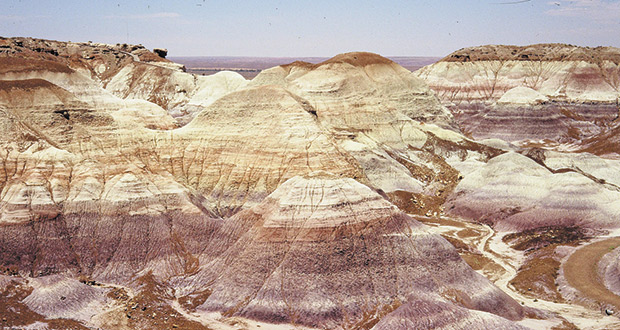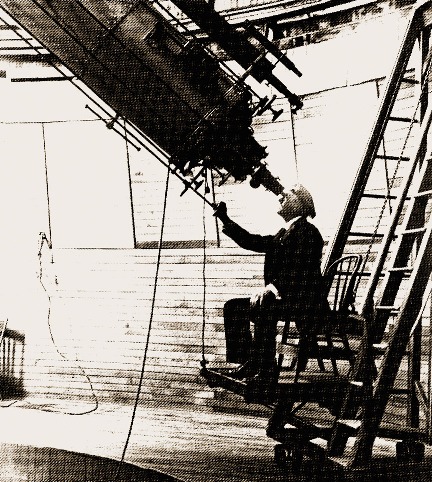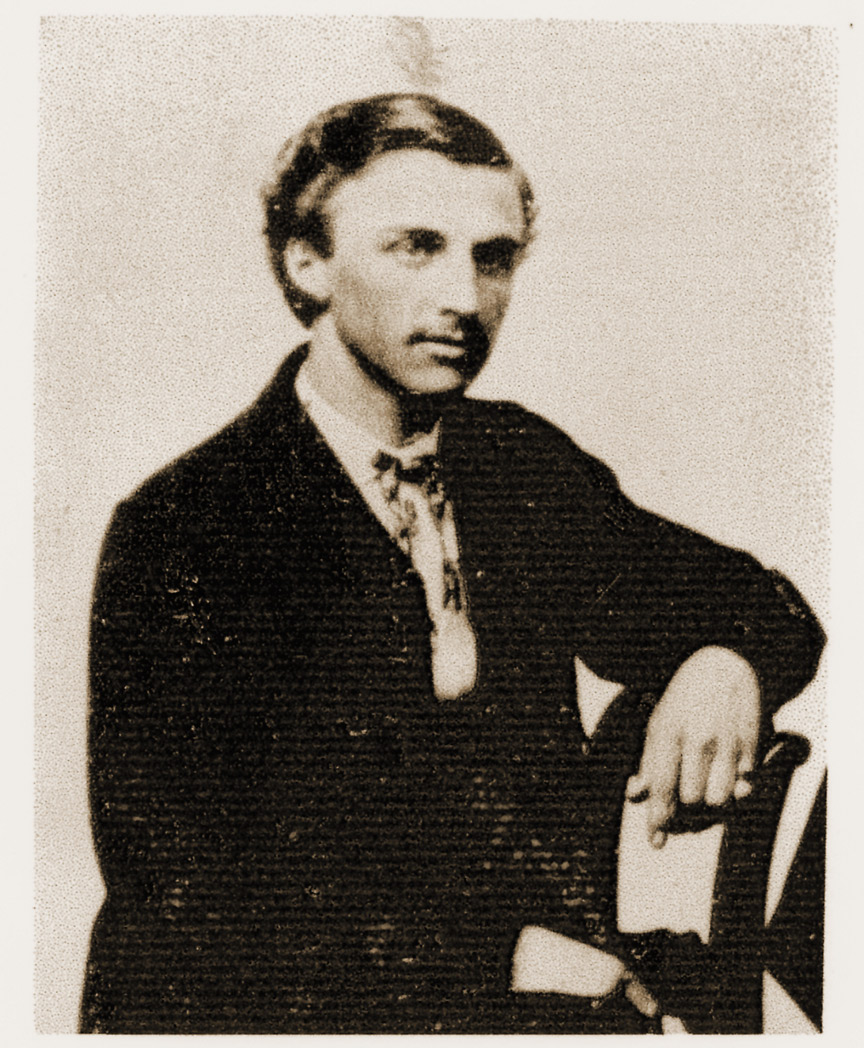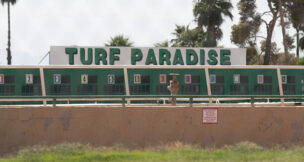The Washington Elm
On a rainy Wednesday, April 22, 1931, members of the Coconino Chapter of Daughters of the American Revolution gathered together with Dr. Grady Gammage, president of Arizona State College (now Northern Arizona University) to plant an elm tree in honor of the bicentennial of George Washington’s birth.
‘I shall never come back to Arizona’ – Zane Grey
Western novelist Zane Grey (1872-1939) wrote this dramatic sentence to his wife, Dolly, in a bitter letter penned from his Tonto Basin cabin. He complained about other things, as well, and the above statement was followed with : “…the country has been ruined by motorists. The Navajo are doomed. The beauty and romance of their lives dead.” Dolly and Zane had honeymooned at El Tovar Hotel at[...]
Ousting Lowell: Misdeeds of miscreant Flagstaff officials
Flagstaff’s first two decades were managed by a sound City Council determined to guide the growing town into a solid, respectable community. However, in 1906, several miscreants, led by farmer/rancher Ben Doney, got themselves elected to the City Council.
Arizona’s ‘Billy the Kid’
William Floyd Claiborne, called Billy the Kid (not to be confused with the original “Billy the Kid” whose given name was William H. Bonney), was born in Mississippi on Oct. 21, 1860. He came to Arizona in the early 1880s and worked as an amalgamator at mines in Charleston (a town a few miles southwest of Tombstone) and at the Neptune smelter in Hereford. Claiborne eventually fell in with a gro[...]
Highway 180: A Timeless Trail
The mostly two-lane U.S. Highway 180 travels through historic, scenic and scientific regions in northern Arizona. The highway winds through Texas and New Mexico before reaching the eastern border of Arizona where it generally follows ancient paths and wagon roads that connected small communities and water sources.
Early Arizona Aviator Ralph Vaughan
Ralph Vaughan came to Arizona in 1929 to open a commuter air service from Globe to Phoenix. As a young adult, he became interested in flying and decided to make a career out of it.
Murder at Ruby
In the 1870s, Jack Smith discovered rich ore reserves of silver, gold, lead, zinc and copper at the Montana Mine located in Ruby, Ariz. The Ruby town site is located in southern Arizona, roughly halfway between Tubac and Sasabe. Julius Andrews operated the general store near the mine for 18 years and became the area’s first postmaster. He named the post office in honor of his wife, Lillie B. Rub[...]
Hyman Capin
Hyman Capin, a native of Lithuania, learned the trade of tailoring, a skill which would serve him throughout his life and began working in New York and Pennsylvania around the turn of the 20th century. He did well in Harrisburg, Penn., but his wife, Dora, had respiratory problems, and her doctor recommended that the family seek a warm, dry climate. So, the Capin family moved to Los Angeles in 1907[...]
Dot Wilkinson
Dot Wilkinson was a well known catcher for the Phoenix Ramblers, a professional women’s softball team that won national championships in 1940, 1948 and 1949. She is considered the greatest female athlete in Arizona history and is a member of two amateur Halls of Fame (softball and bowling).
Tovrea Castle
Alessio Carraro was an Italian immigrant who settled in San Francisco in 1906. He became a successful businessman, land developer and investor, and according to his son, Leo, was always adventurous. That may be why in 1928 he sold his San Francisco sheet metal business and moved to Phoenix. He bought 277 acres of desert between Van Buren and the Salt River, east of 40th Street, and planned to cons[...]
Tombstone’s deadliest gunfighter
John Peters Ringo — famously known as Johnny Ringo and dubbed Tombstone’s deadliest gunfighter — first turned up in Arizona at a bar in Safford in 1878, where he offered a whiskey to a man seated next to him. The unarmed man declined and said he preferred beer. Ringo then drew his pistol and fired, nicking the man’s ear. When the case came before a grand jury, Ringo did not appear.
Central Avenue grows up
Pioneer developer William J. Murphy planted the ash trees that originally lined Central Avenue As he developed subdivisions across the Valley, he also built his own home for north of the Phoenix city limits on Central Avenue in the Orangewood subdivision.





































